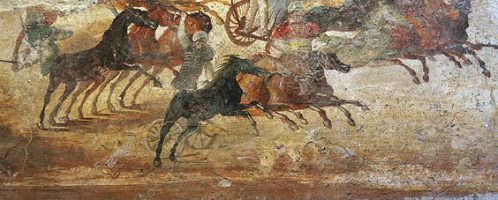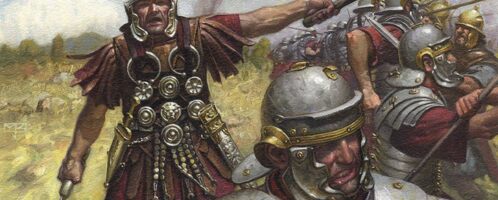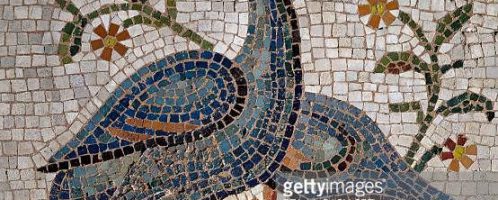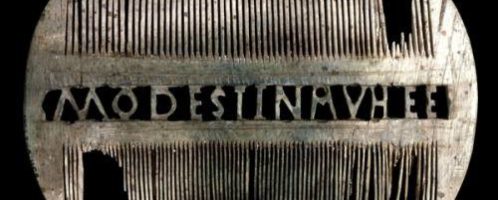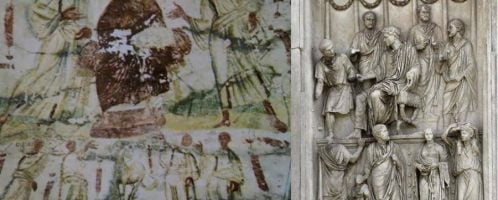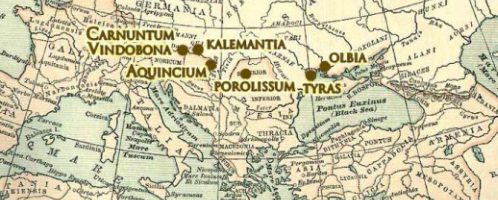If you have found a spelling error, please, notify us by selecting that text and pressing Ctrl+Enter.
Curiosities of ancient Rome
The world of ancient Romans abounded in a number of amazing curiosities and information. The source of knowledge about the life of the Romans are mainly works left to us by ancient writers or discoveries. The Romans left behind a lot of strange information and facts that are sometimes hard to believe.
Portrait of Roman woman on grave altar
Portrait of a Roman woman on the grave altar. Under the bust of a woman, there is an inscription: “To the spirits of the dead. Lucius Annius Festus, for the most saintly Cominia Tyche, his most chaste and loving wife, who lived 27 years, 11 months, and 28 days, and also for himself and for his descendants”.
Evolution of power after the principle
In the third century CE the rulers of Rome began gradually to depart from the appearances of the Republic. The growing political ambitions of the emperors led to the expulsion of the rest of the institutions. Aurelian introduced the dominant system in the second half of the 3rd century CE, taking the title dominus et deus (“Our Lord and God”). Diocletian made at the end of the 3rd century CE reconstruction of the state administration, creating a tetrarchy system.
Piso’s justice
Seneca the Younger mentions an interesting story of Gnaeus Calpurnius Piso, the Roman governor of Syria and Roman politics (44 BCE – 20 CE) who was to get angry when he heard that only one of the two soldiers returned from a leave of absence.
Roman ivory comb
Roman comb, made of ivory, probably from the third to fourth century CE. This two-sided object probably comes from the woman’s grave. There is an inscription on the comb saying: “Modestino, goodbye” (however, there is no certainty about the last word that can be misread).
Balkerne Gate ruins in Colchester
Balkerne Gate ruins in Colchester (south-east England) at night, dated to the first century CE. It is the largest and best preserved Roman gate that has survived to our times.
Areas of Poland in times of Romans
How, tribes living in ancient times on current Polish territory, described Publius Cornelius Tacitus in De origine et situ Germanorum?



